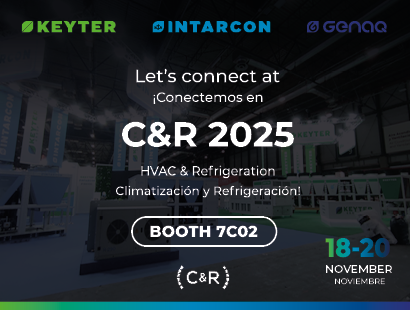The project is subsidized by the European Agricultural Fund for Rural Development (EAFRD) and by the Regional Government of Andalusia through the Ministry of Agriculture, Livestock, Fisheries and Sustainable Development.
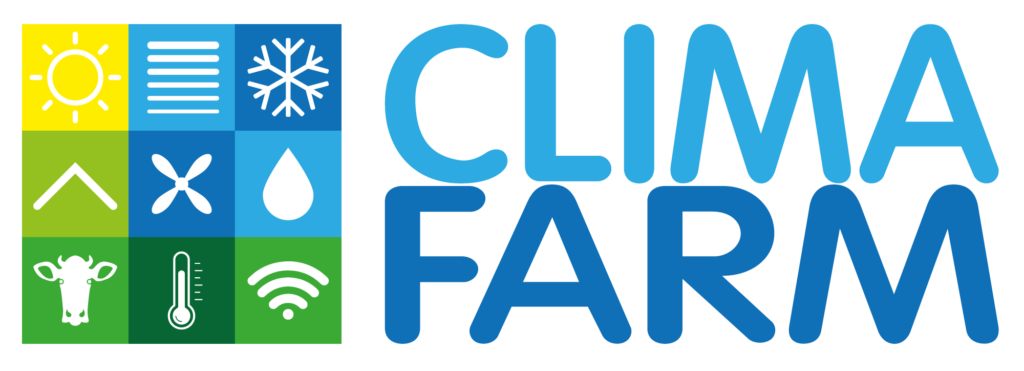
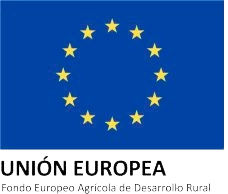
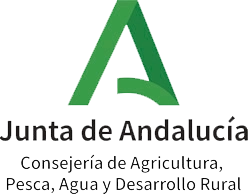
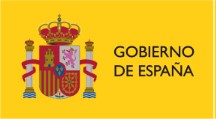
CLIMAFARM – Prototype of a sustainable climate‐control system for dairy production.
Enhance the economic performance of all farms and support their restructuring and modernization—specifically to boost their market participation and orientation, as well as to promote agricultural diversification.
Cattle welfare and productivity depend on the environmental conditions inside their housing facilities.
Evidence and studies indicate that elevated air temperatures—especially when combined with high relative humidity and intense solar radiation—are the primary drivers behind reduced milk production.
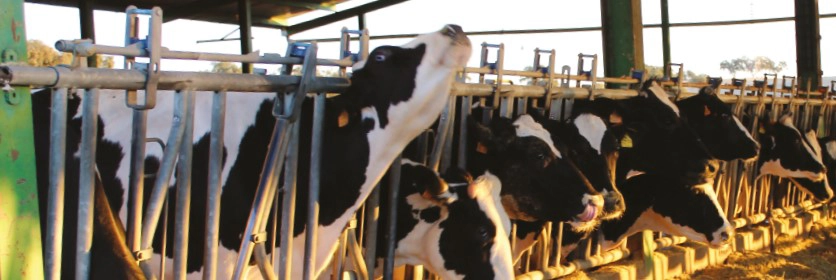
In recent decades, there’s been a shift toward housing cattle in enclosed barns—using fans and/or evaporative‐cooling systems to ensure adequate thermal comfort. However, this approach drives up both energy costs and water consumption.
Thus, the CLIMAFARM operational group seeks to provide a solution to this challenge facing the livestock sector.
The project “Prototype of a sustainable climate‐control system for dairy production” (File No. GOPG-CO-23-0008) is funded under Measure 16 of the Andalusian Rural Development Program 2014–2022, as part of the Operating Grants for Operational Groups of the European Innovation Partnership on agricultural productivity and sustainability (Operation 16.1.2), co-financed by the European Union through the European Agricultural Fund for Rural Development (90 %) and by the Regional Government of Andalusia (10 %).
File No.: GOPG-CO-23-0008
Total amount granted: €299.276,88
BENEFITS
- Enhanced animal welfare through simultaneous control of temperature, humidity, air quality and airflow velocity—and increased productivity thanks to a more precisely regulated barn environment.
- Greater resource efficiency, leading to lower operating costs and a reduced environmental footprint.
- A smaller water footprint in livestock farming by replacing traditional evaporative-cooling systems.
- Energy autonomy and independence from the electrical grid by powering the system with solar panels.
GENERAL OBJECTIVE
The project’s general objective is to design and implement a prototype sustainable climate-control system to improve the thermal conditions and air quality of livestock housing. Additionally, the integration of ICT will enhance farm management.
SPECIFIC OBJECTIVES
- Slash water consumption for barn cooling by replacing traditional evaporative systems.
- Identify critical meteorological variables and leverage historical climate data to size the prototype.
- Quantify thermal loads—analyze heat gains and losses through building envelopes under various scenarios.
- Design the prototype, including all necessary calculations to size each component.
- Implement and validate system effectiveness through production monitoring and animal‐conditioning assessments.
- Enhance animal welfare by optimizing thermal comfort in their environment.
- Disseminate and transfer the sustainable livestock climate‐control system’s results.
The project is subsidized by the European Agricultural Fund for Rural Development (EAFRD) and by the Regional Government of Andalusia through the Ministry of Agriculture, Livestock, Fisheries and Sustainable Development.




More articles
Interested in other (technical) knowledge articles? Keep yourself up to date and read them all


